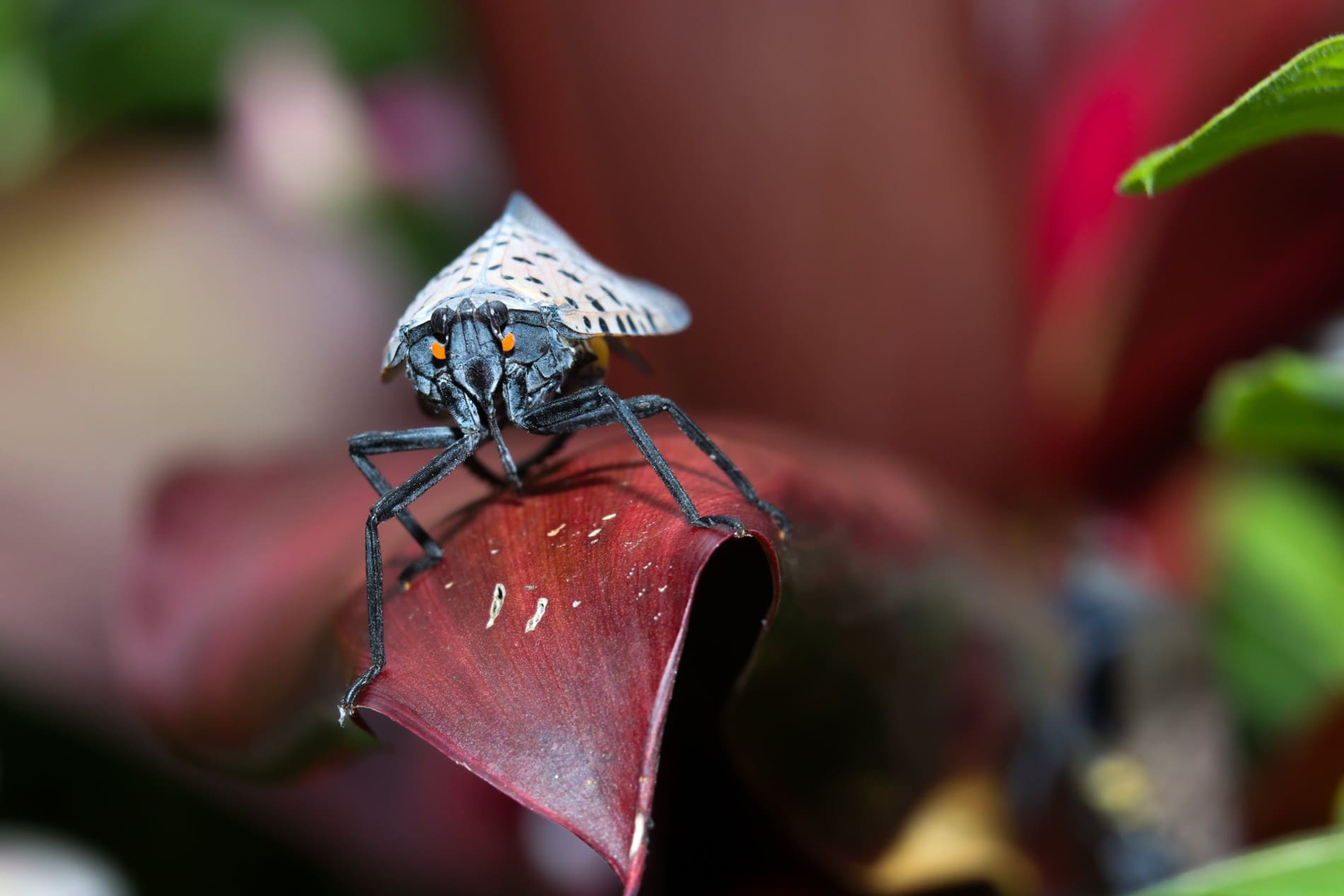How many eggs does a spotted lanternfly lay, and how can you do your part to stop their invasion?
The spotted lanternfly is a relentless invasive species, and it poses a severe threat to our ecosystems and agriculture. Understanding the spotted lanternfly’s habits is crucial for effectively managing them.
So, how many eggs does a spotted lanternfly lay? You might be surprised to learn their secret. Unlike many insects, these critters don’t build nests or burrows. Instead, they have a unique, clever, and cunning strategy. Read on to discover more about their reproductive cycle and what you can do to help stop their spread.
At Borst Landscape & Design, we offer organic pest management solutions. Our team will assess your outdoor space, identify the problem areas, and create a tailored plan to target problem areas. Our natural treatments are safe and effective, ensuring your yard remains healthy and toxin-free. What’s not to love?
Call Borst at (201) 730-4025 or reach out online today!
Where do spotted lanternflies congregate?
Location, location, location is everything when you’re a spotted lanternfly. They have a knack for selecting surfaces with rugged textures. Their top picks are tree bark, rocks, and even manufactured objects like vehicles. This choice of spot offers ultimate camouflage, making it nearly impossible to spot the eggs.
How many eggs does a spotted lanternfly lay?
The spotted lanternfly egg masses aren’t your typical nests. They’re brownish-gray, inconspicuous clumps.
So, how many eggs does a spotted lanternfly lay? Those little clumps can house anywhere from 30 to 50 eggs each. And it gets stickier – a single female lanternfly can lay multiple egg masses, increasing the odds of their population boom.
But here’s where it gets tricky. These egg masses are enveloped in a brownish-gray, waxy armor. It’s not just for show; it serves as a shield against harsh weather and potential predators. In short, the eggs are encased in a nearly impenetrable fortress, making them challenging to tamper with.
Know your enemy
Asking, “How many eggs does a spotted lanternfly lay?” is an excellent start to learning how to combat these invasives. Spotted lanternflies are ecosystem disruptors.
They feed on the sap of various plants and trees, weakening them over time. In some cases, this leads to the death of these host plants, upsetting the balance of local ecosystems and leading to substantial losses in the agriculture industry.
So, how do you deal with these egg-laying pros? Understanding their habits is the first step. Early detection and removal of egg masses are crucial to stop their population from exploding. Vigilance is critical, especially during late summer and fall, when they’re most active.
Your role in the battle
Whether you’re a homeowner, farmer, or landowner, you can play a role in the fight against spotted lanternflies. Knowing how they reproduce can help you better understand how to spot and remove egg masses.
Knowing these habits is essential for managing these invasive pests and protecting our ecosystems and agriculture. Keep your eyes peeled and report any suspicious egg masses you come across to help in the fight against this growing problem.
Regular inspections of trees, outdoor structures, and vehicles are helpful in areas where these insects are a known threat. In fact, reporting sightings to local authorities or agricultural agencies is essential for monitoring and management.
Borst is here for all your pest management needs
Borst is your trusted partner in creating a safe, eco-friendly environment for your home. We’re committed to delivering practical solutions without compromising the health of your loved ones or the planet. Whether safeguarding your garden or ensuring your family’s well-being, our expert team is here to make your space pest-free.
Say goodbye to harmful chemicals and hello to a greener, cleaner, and pest-free future. Your peace of mind is our priority!
For your free consultation, call us at (201) 730-4025 or fill out a contact form on our website today!
Photo by Jermaine Lewis

